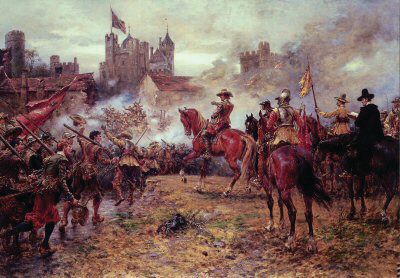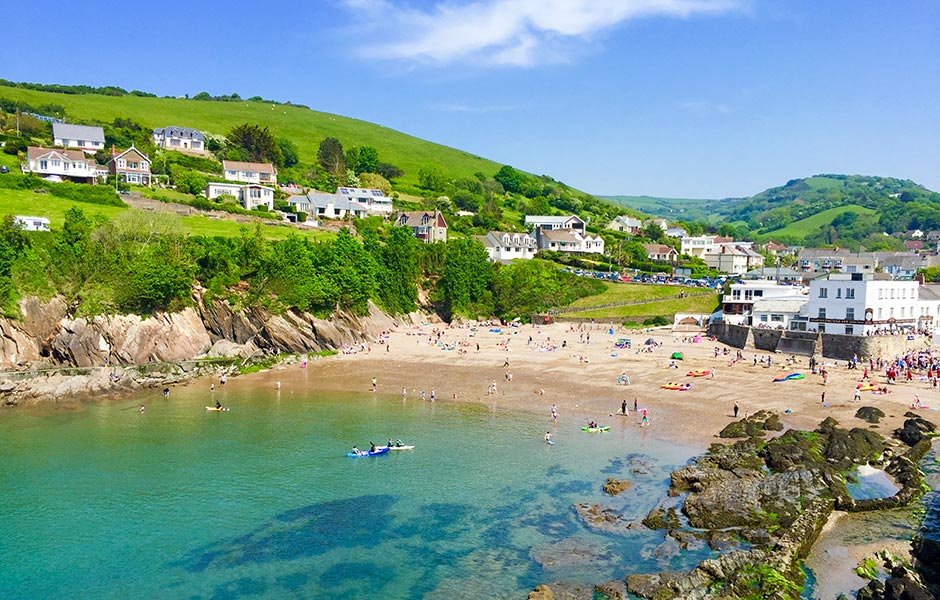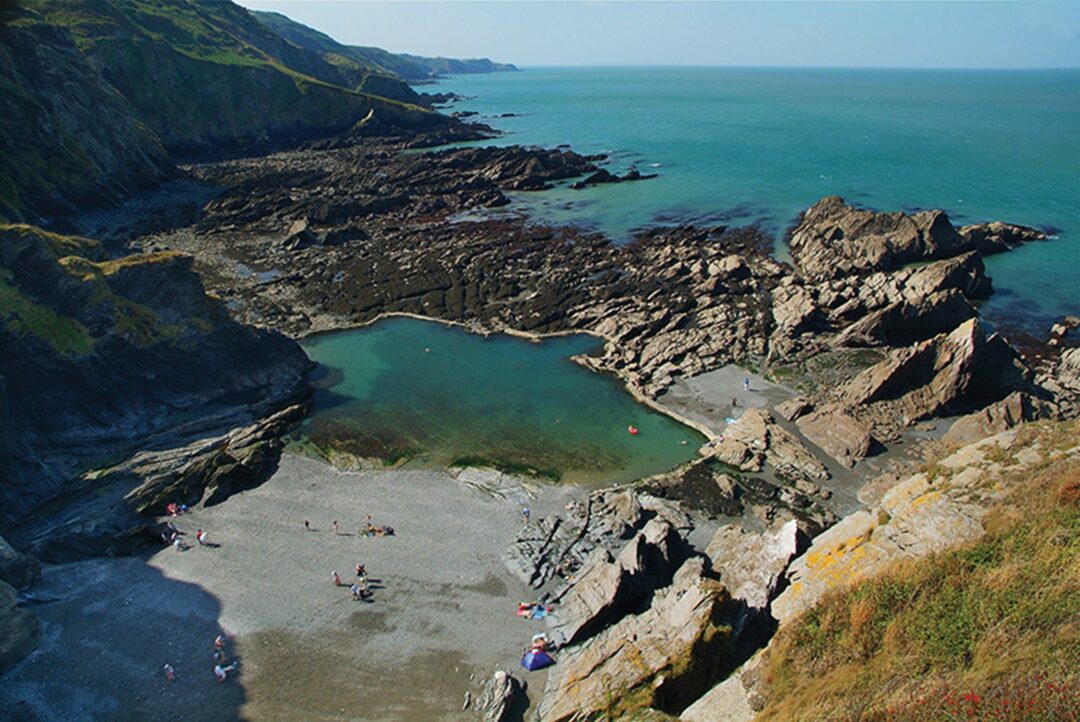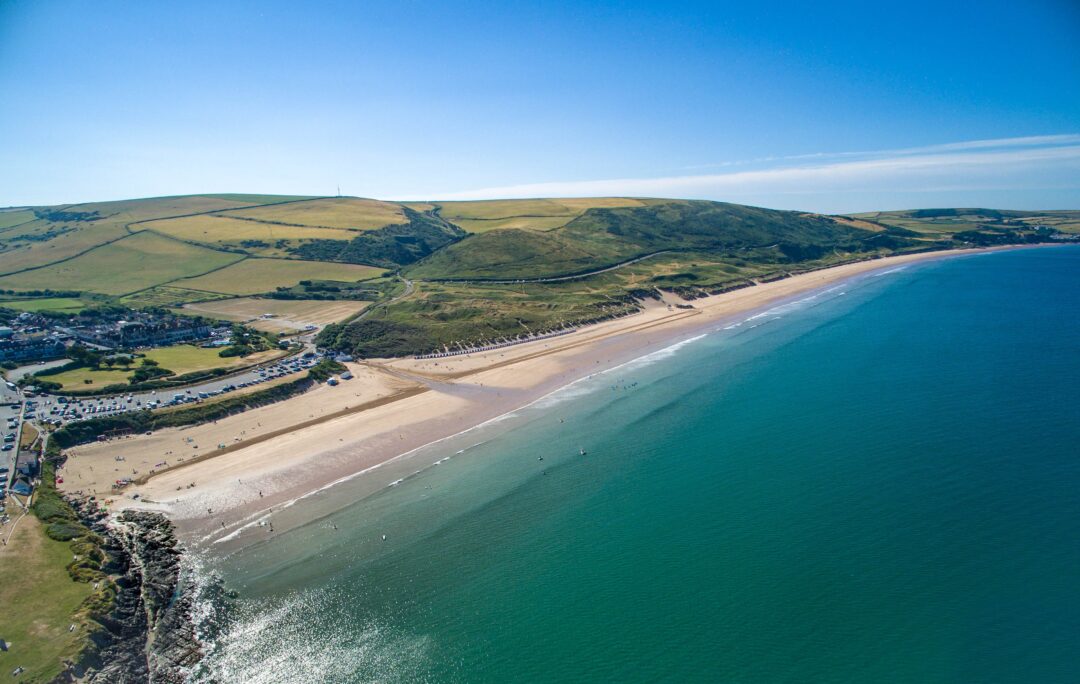The English Civil War was a series of armed conflicts between 1642 and 1651, involving the Parliamentarians and the Royalists over political, religious, and economic issues.
This tumultuous period saw many battles and sieges and ultimately led to the execution of King Charles I and the establishment of a republic in England. Bideford, a historic port town in Devon, played a significant role in the Civil War due to its strategic location and its association with prominent figures of the time.
In this post, we will explore the role of Bideford in the English Civil War, including its economic and political situation, strategic position, key events, and lasting legacy.
| Key Takeaways |
|---|
| Bideford played a significant role in the English Civil War due to its strategic location and its association with prominent figures of the time. |
| Bideford’s location and control over the River Torridge made it a strategic asset during the English Civil War. |
| The Battle of Stratton and the seizure of the Royalist fleet in Bideford Bay were significant events involving Bideford during the Civil War. |
| Bideford’s connection to the monarchy evolved after the Civil War, and its role in English history progressed through economic, political, and social changes. |
| The legacy of the Civil War remains in Bideford today through historical sites, buildings, and monuments that offer glimpses into the town’s turbulent past. |
Background: Bideford before the Civil War
Before the English Civil War, Bideford was a thriving port town with a flourishing maritime industry.
The town had a prosperous economy, with trade, shipbuilding, and maritime industries being the main economic drivers. Bideford’s relations with authorities and the monarchy were generally favourable, which would have a significant impact on the town’s involvement in the Civil War.
Local leaders played a critical role in shaping Bideford’s political landscape. One of these leaders was Sir Bevil Grenville, a prominent Royalist who would be instrumental in Bideford’s role during the conflict. Others, like Sir Richard Grenville, also played essential roles in local politics and the Civil War.
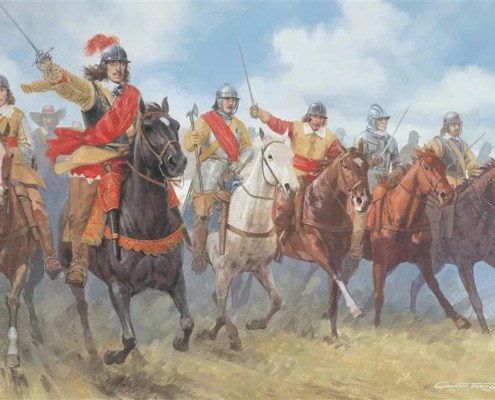
Bideford’s strategic position during the Civil War
Bideford’s location and control over the River Torridge made it a strategic asset during the English Civil War. The town provided access to the sea, enabling the movement of goods, supplies, and communication between different regions.
Its proximity to Royalist strongholds and Parliamentarian territories also presented challenges and opportunities for both sides.
The struggle for control of the southwestern region saw Bideford become a strategically important site. The town’s naval power was essential to both Parliamentarians and Royalists, as it allowed them to control trade and supplies in the region.
Featured Places to Stay Near Bideford
Key events involving Bideford during the Civil War
Several significant events during the English Civil War occurred in and around Bideford. First was the Battle of Stratton, a critical victory for the Royalists led by Sir Bevil Grenville. This success allowed the Royalists to control Bideford and its resources, which would impact the town and its inhabitants.
Later, Bideford was occupied by Parliamentarian forces who used various strategies to seize control. The town’s occupation led to significant consequences for its people, as well as a shift in the balance of power in the region.
One crucial event during the Civil War was the seizure of the Royalist fleet in Bideford Bay.
This action greatly impacted the course of the conflict, as it weakened the Royalist Navy’s power and disrupted their supply lines. The seizure of the fleet also had lasting effects on Bideford and its connection to the monarchy.
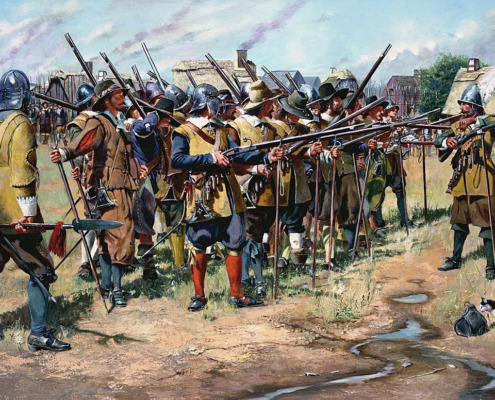
The aftermath of the Civil War and the legacy of Bideford
Following the end of the English Civil War and the Restoration of the monarchy under King Charles II, Bideford’s connection to the monarchy evolved. The Grenville family, particularly Richard Grenville, remained influential figures in the post-war era and continued to shape the town’s political landscape.
Bideford’s role in English history progressed as the town experienced economic, political, and social changes. Its maritime industry continued to prosper, and the town’s strategic location solidified its importance as a port.
The legacy of the Civil War remains in Bideford today, with historical sites, buildings, and monuments offering glimpses into the town’s turbulent past.
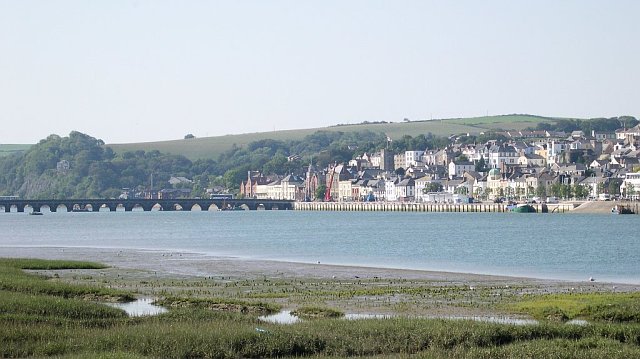
In Conclusion
Bideford’s role in the English Civil War was defined by its strategic location, key events, and impact on its inhabitants. The town’s maritime power and control over the River Torridge made it a crucial asset to both Parliamentarians and Royalists.
Understanding Bideford’s participation in the Civil War is crucial to appreciating the conflict’s complexity and the impact of local politics on national events. Bideford’s place in English history is integral to understanding the broader story of the Civil War and continues to be a point of interest for historians and visitors alike.
Frequently Asked Questions
Q: What is the English Civil War?
A: The English Civil War was a series of armed conflicts between 1642 and 1651, involving the Parliamentarians and the Royalists over political, religious, and economic issues.
Q: What was Bideford’s role in the English Civil War?
A: Bideford played a significant role in the Civil War due to its strategic location and its association with prominent figures of the time. It was a thriving port town with a flourishing maritime industry and a prosperous economy.
Q: What was Bideford’s strategic position during the Civil War?
A: Bideford’s location and control over the River Torridge made it a strategic asset during the English Civil War. The town provided access to the sea, enabling the movement of goods, supplies, and communication between different regions.
Q: What were some of the key events involving Bideford during the Civil War?
A: The Battle of Stratton was a critical victory for the Royalists led by Sir Bevil Grenville, who played a crucial role in shaping Bideford’s political landscape. Bideford was later occupied by Parliamentarian forces, and the seizure of the Royalist fleet in Bideford Bay greatly impacted the course of the conflict.
Q: What is the legacy of the Civil War in Bideford?
A: Bideford’s role in the English Civil War had a lasting impact on the town’s political and economic development. Historical sites, buildings, and monuments offer glimpses into the town’s turbulent past and its connection to the monarchy.
Q: Why is understanding Bideford’s participation in the Civil War important?
A: Understanding Bideford’s participation in the Civil War is crucial to appreciating the conflict’s complexity and the impact of local politics on national events. Bideford’s place in English history is integral to understanding the broader story of the Civil War.

Our newsletter is packed with helpful tips and resources to help you mazimise your time in & around Bideford. Sign up now and join our community of savvy Bideford’ers.
About the Author
Welcome to Bideford.com! I’m Matt, a seasoned explorer and avid fan of Bideford and the broader North Devon area. With over a decade of consistent family visits, virtually every weekend, I’ve immersed myself in the rich history and vibrant culture Bideford & North Devon.
On this site, you’ll find a wealth of knowledge amassed from my adventures here. From in-depth local guides to engaging blog posts about Bideford. Whether you’re looking for recommendations on things to do or guidance on where to stay we have you covered. Join me as we delve into the heart of Bideford, North Devon – a town that’s more than just a destination, but an experience waiting to be discovered.
Do you want to see your favourite Bideford attraction, place to stay, event or activity listed here? Contact Us!

